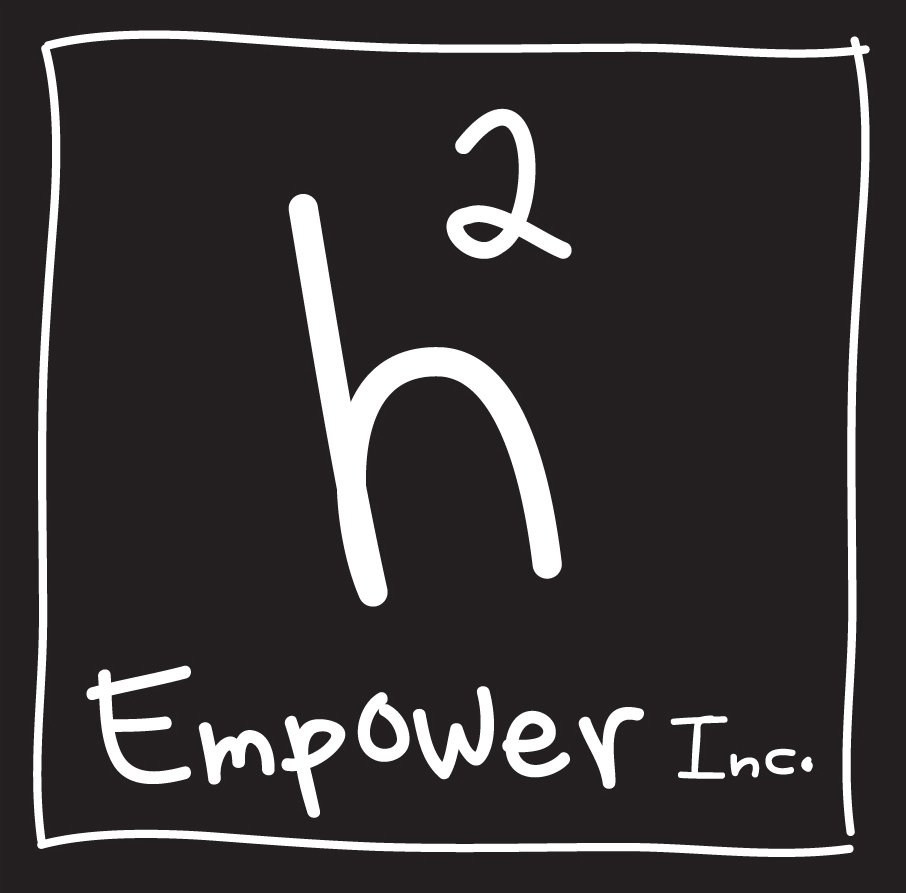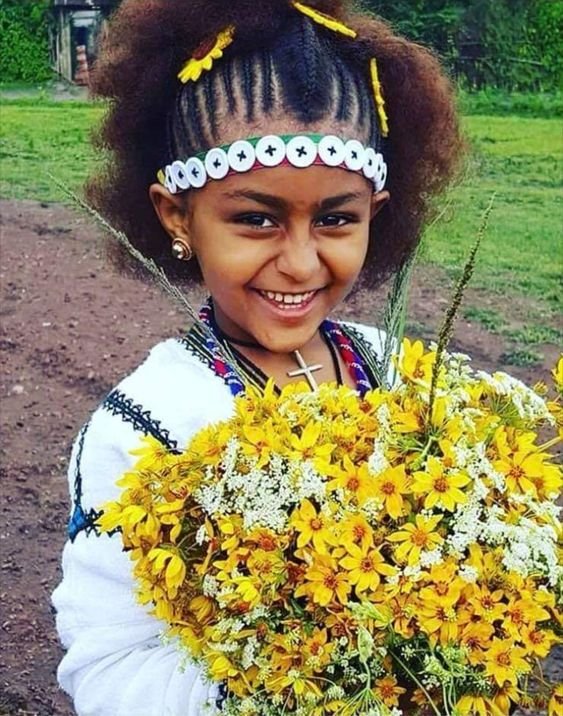
Facts About Ethiopia
Full name: Federal Democratic Republic of Ethiopia
Capital: Addis Ababa
Language: Official languages are Amharic, Oromo, Somali, Afar, and Tigrinya
92 indigenous languages across the country.
English is the most common foreign tongue.
Ge’ez, emerging in the 5th century, is the only indigenous African written language used today, originating from the ancient Axumite kingdom.
Religion: Ethiopian Orthodox Christianity (44%), Islam (31%), Protestant Christian (19%)
Ethiopia is considered a prototypical success for religiously-diverse nations, with a millennia-old tradition of different faiths living as neighbors,
Main exports: Coffee, oilseeds, herd animals, sugarcane, petroleum
Ethiopia famously introduced the world to the wonders of coffee.
GDP and HDI: $91.5 billion (65th) or $974 per capita; .0485 (173rd)
Age: The average Ethiopian is 19.5 years old. Life expectancy: 67 years.
Literacy: 54%, surging up from 13% over the past decade.
Orphans:There are 4.7 million orphans in Ethiopia in 2023
Geography: A landlocked country situated in the Horn of Africa, it is the second most populous nation in Africa with 118 million people.
The country is comparable in size to France and Spain together
Fun Historical Facts
Ethiopia is the only country in sub-Saharan Africa that was never fully colonized.
Ethiopia, and its southern neighbors Kenya and Uganda, are home to the world’s fastest long-distance runners.
Dinkinesh, known worldwide as Lucy, is one of the earliest hominid (Australopithecus afarensis) fossils discovered, living 3.2 million years ago in the Awash Valley in Afar, Ethiopia.
The first recorded kingdom in Ethiopia grew around Axum during the 3rd century BCE.
Christians first came to Ethiopia by 42 -52 CE.
This map shows were we work in Africa. The yellow dots shows the towns where we have programs.
Facts about Hosanna, where h² Empower is currently focusing our work: (revised 2023)
Hosanna is a city of 180,000 people (15th largest in the nation) and the capital of the Hadiya Zone (like a county) in the Southern Nations, Nationalities and Peoples Region (SNNPR).
Hadiya is named after the Hadiya people of the ancient Hadiya kingdom. This local ethnic group speaks Hadiyyisa and has approximately 5 million people.
Approximately 6% of the inhabitants of Hadiya have access to electricity.
The majority of the population are subsistence farmers and pastoralists.
Wachemo University, serving students of the entire region, was completed in 2015, and grants degrees in medicine, law, agriculture, etc.
About 74% of all eligible children are enrolled in primary school and 21% in secondary schools. There are 69,000 school-aged children in Hosanna.






